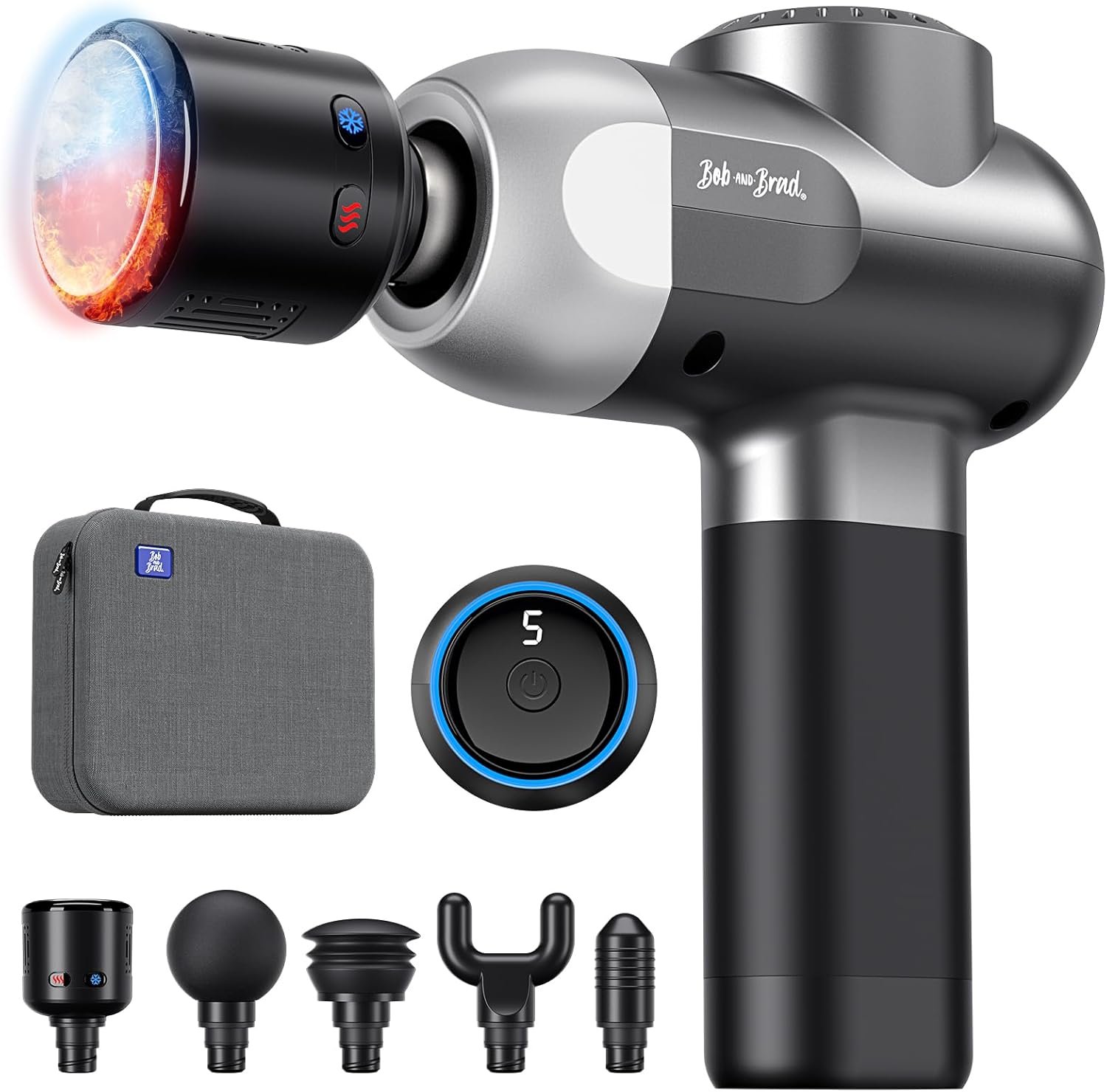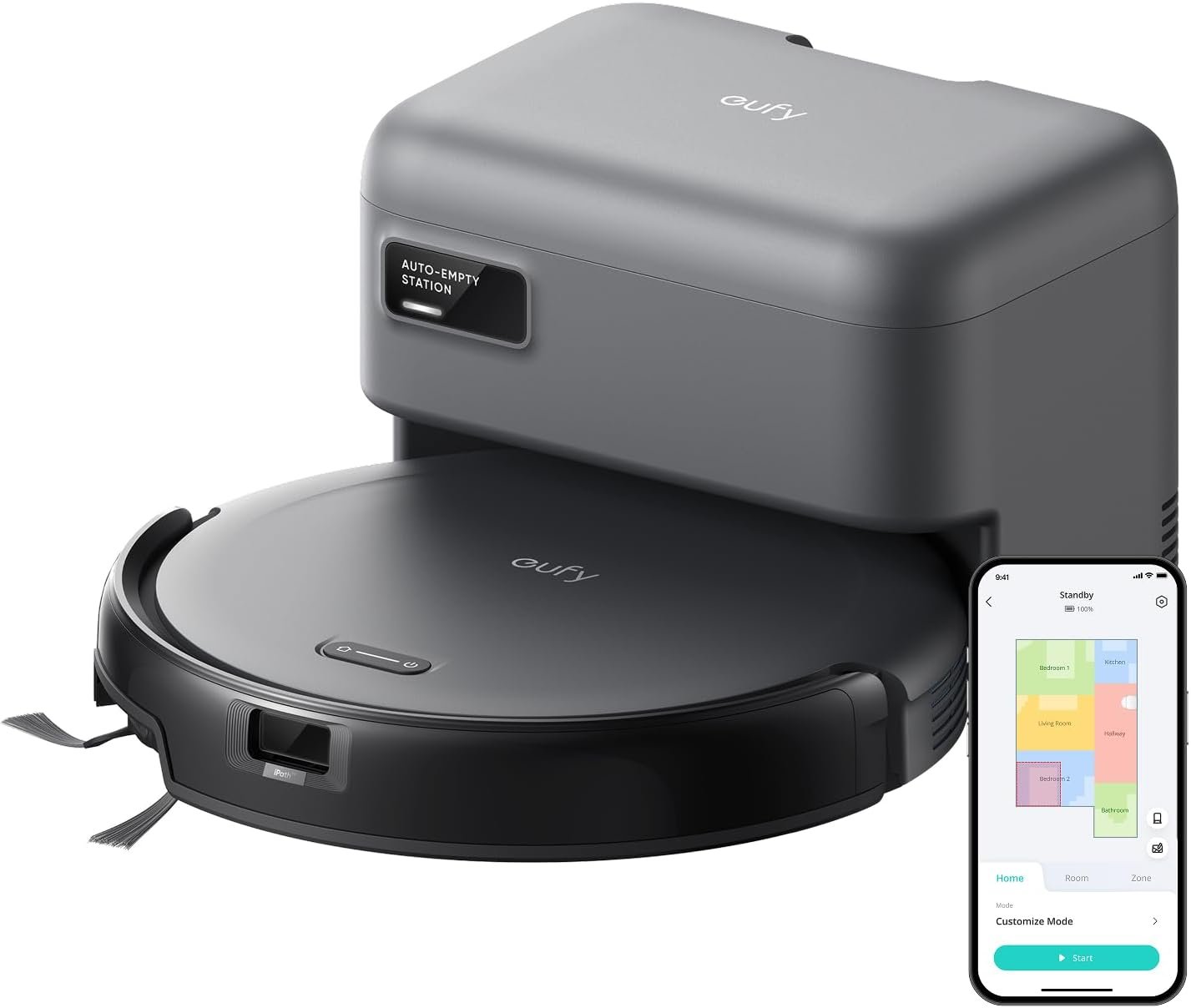Understanding SSD Drives vs. Traditional Hard Drives
Solid State Drives (SSDs) and traditional Hard Disk Drives (HDDs) serve similar purposes in data storage, yet they operate on fundamentally different principles. SSDs utilize flash memory to store data, which allows for faster access times compared to the mechanical components of HDDs. In contrast, HDDs consist of magnetic platters that spin to read and write data, making them slower in terms of performance.
One of the primary metrics where SSDs outperform HDDs is in read and write speeds. SSDs can dramatically reduce boot times and application load times due to their capability to access data almost instantly. Generally, SSDs offer read speeds ranging from 200 MB/s to over 5000 MB/s, whereas good quality HDDs typically offer around 80 to 160 MB/s. This difference can significantly improve the overall user experience, especially in tasks requiring quick data access, such as gaming, video editing, or running virtual machines.
Latency is another critical factor in performance differentiation. SSDs have much lower latency due to their lack of moving parts, while HDDs rely on the physical movement of their read/write heads, causing delays. The average latency for an SSD can be less than 0.1 milliseconds, whereas HDDs may reach latencies of 5 to 15 milliseconds, which can hinder performance in data-intensive environments.
Durability is also an essential consideration when comparing these storage options. SSDs are more robust, as they can withstand shocks and physical impacts better than HDDs, which are vulnerable to damage from drops or jarring motions. This resilience makes SSDs particularly appealing for portable devices, such as laptops and tablets.
In summary, understanding the distinct technologies behind SSDs and HDDs illustrates why SSDs are increasingly becoming the preferred storage solution for consumers. While HDDs still hold their ground for budget-friendly mass storage options, the superior performance and durability of SSDs make them an appealing choice for many users in 2023.
Pros and Cons of Using SSD Drives
Solid State Drives (SSDs) have gained significant popularity as a storage solution, mainly due to their distinct advantages compared to traditional Hard Disk Drives (HDDs). One of the most notable advantages of SSDs is their exceptional data access speeds. With no moving parts, SSDs enable quicker boot times, faster file transfers, and overall improved system responsiveness. This speed enhancement is particularly beneficial for demanding applications, such as gaming, video editing, and large-scale data processing, where every millisecond counts.
Another critical benefit is durability. SSDs are inherently more robust than their HDD counterparts, as they are less prone to mechanical failure from shocks or drops. This resilience makes SSDs an excellent choice for portable devices and environments where movement is frequent. Furthermore, SSDs typically consume less power than HDDs, contributing to longer battery life for laptops and mobile devices. This energy efficiency is an essential factor in today’s eco-conscious market.
Moreover, SSDs operate quietly, eliminating the distracting sounds generated by spinning disks and moving read/write heads found in HDDs. Such silent operation is a welcome feature for users in noise-sensitive environments, such as libraries or offices.
However, it is essential to consider the disadvantages of SSD drives as well. One of the primary concerns is the higher cost per gigabyte, which can be a barrier for budget-conscious buyers. Although prices have been decreasing, SSDs still tend to be more expensive than HDDs, especially for larger storage capacities. Additionally, SSDs have a finite number of write cycles, which could be limiting for users who frequently modify files or applications. Lastly, proper storage management is crucial to ensure the longevity of SSD drives, as improper usage can lead to performance degradation over time. Therefore, consumers must weigh these pros and cons when deciding if an SSD is the right solution for their storage needs.
Criteria for Selecting the Best SSD Drives
When choosing the best SSD drives for your needs, several key criteria come into play, guiding consumers to make informed decisions that align with their requirements. Understanding these factors can enhance user experience significantly.
Firstly, storage capacity is a paramount consideration. SSDs come in various sizes, and selecting the right capacity depends largely on the intended use. For general computing, a minimum of 256GB can suffice, while gaming enthusiasts or content creators may benefit from drives boasting capacities of 1TB or more. It is essential to evaluate your storage requirements to avoid potential limitations in the future.
Equally important is the form factor of the SSD. Common configurations include the traditional 2.5-inch SATA drives, M.2 drives that offer a compact design, and PCIe drives, which utilize the NVMe protocol for superior speed. The compatibility of these forms with existing hardware should always be confirmed to ensure seamless integration.
Speed is another critical factor, as read and write speeds can significantly influence system performance. SSDs with higher read/write speeds can handle data-intensive tasks more efficiently, making them ideal for gaming and professional workloads. Typically, specifications will highlight sequential and random read/write speeds; understanding both is crucial for optimizing performance based on specific tasks.
Endurance, often measured in terabytes written (TBW), indicates the lifespan of an SSD. Users should be aware of their usage patterns, as heavier use can wear out an SSD faster. A longer warranty often accompanies drives with higher endurance rates, adding another layer of consideration to your decision. Lastly, ensuring compatibility with existing systems cannot be overlooked, as successful deployment hinges on aligning SSD specifications with your hardware capabilities.
Top 5 SSD Drives in 2024: Reviews and Recommendations
In 2024, the market for solid-state drives (SSDs) continues to evolve, offering a variety of options tailored to different user needs. Below are five of the best SSD drives available this year, each with distinct features that cater to gamers, professionals, and general users.
1. Samsung 970 EVO Plus
The Samsung 970 EVO Plus remains a top choice for its high read and write speeds, reaching up to 3,500 MB/s and 3,300 MB/s respectively. With capacities ranging from 250GB to 2TB, this drive is ideal for gaming and heavy software applications. Its advanced thermal management ensures durability during intensive tasks, making it a solid investment for power users.
2. Western Digital Black SN850
The Western Digital Black SN850 is tailored for gamers seeking unparalleled performance. Capable of delivering speeds up to 7,000 MB/s, this SSD is designed to handle the demands of modern gaming. Moreover, it features a built-in heatsink option, which prevents overheating during extended play sessions. The price point is competitive, further enhancing its value for gamers.
3. Crucial P5 Plus
For those who desire a balance between cost and performance, the Crucial P5 Plus offers impressive specifications. This SSD achieves read speeds of up to 6,600 MB/s and has a diverse range of capacities. The drive’s reliability and efficiency make it suitable for both casual users and professionals working with large files and applications.
4. Kingston KC3000
The Kingston KC3000 stands out with its cutting-edge PCIe 4.0 interface, which enables astonishing speeds of up to 7,000 MB/s. It is particularly beneficial for creative professionals who utilize high-resolution media in their workflows. The KC3000 is available in various storage capacities, making it adaptable for different user needs.
5. SanDisk Extreme PRO M.2 NVMe
Lastly, the SanDisk Extreme PRO M.2 NVMe combines exceptional performance with reliability. With speeds reaching up to 7,000 MB/s and advanced error correction technology, it provides peace of mind for content creators who deal with sensitive data. This drive is as suitable for heavy storage as it is for gaming, appealing to a wide audience.
To facilitate quick comparisons among these top SSD drives, a summary table is provided below:
| Drive Model | Max Read Speed | Max Write Speed | Capacity | Ideal For |
|---|---|---|---|---|
| Samsung 970 EVO Plus | 3,500 MB/s | 3,300 MB/s | 250GB – 2TB | Gamers, professionals |
| Western Digital Black SN850 | 7,000 MB/s | 5,300 MB/s | 500GB – 2TB | Gamers |
| Crucial P5 Plus | 6,600 MB/s | 5,000 MB/s | 250GB – 2TB | General users, professionals |
| Kingston KC3000 | 7,000 MB/s | 5,000 MB/s | 512GB – 4TB | Creative professionals |
| SanDisk Extreme PRO M.2 NVMe | 7,000 MB/s | 4,700 MB/s | 500GB – 2TB | Content creators, gamers |
Each of these outstanding SSD drives of 2024 has unique specifications and features catering to various user demographics. Whether for gaming, professional work, or general usage, investing in one of these drives can significantly enhance overall system performance and user experience.

























